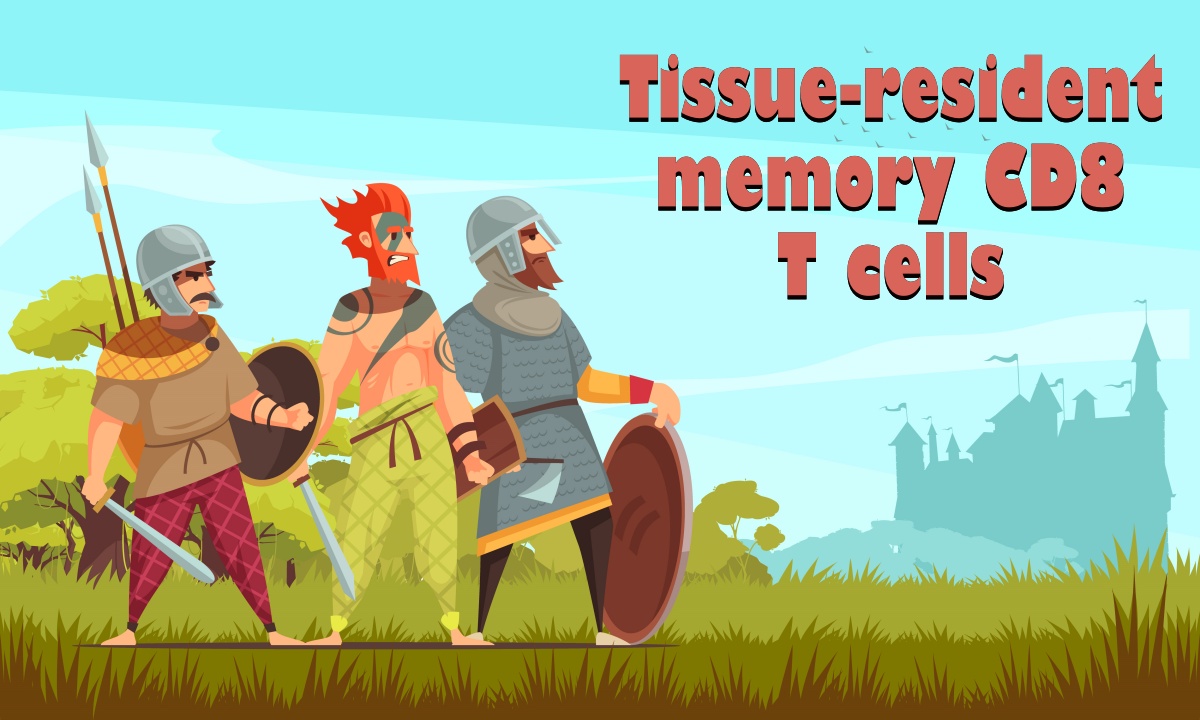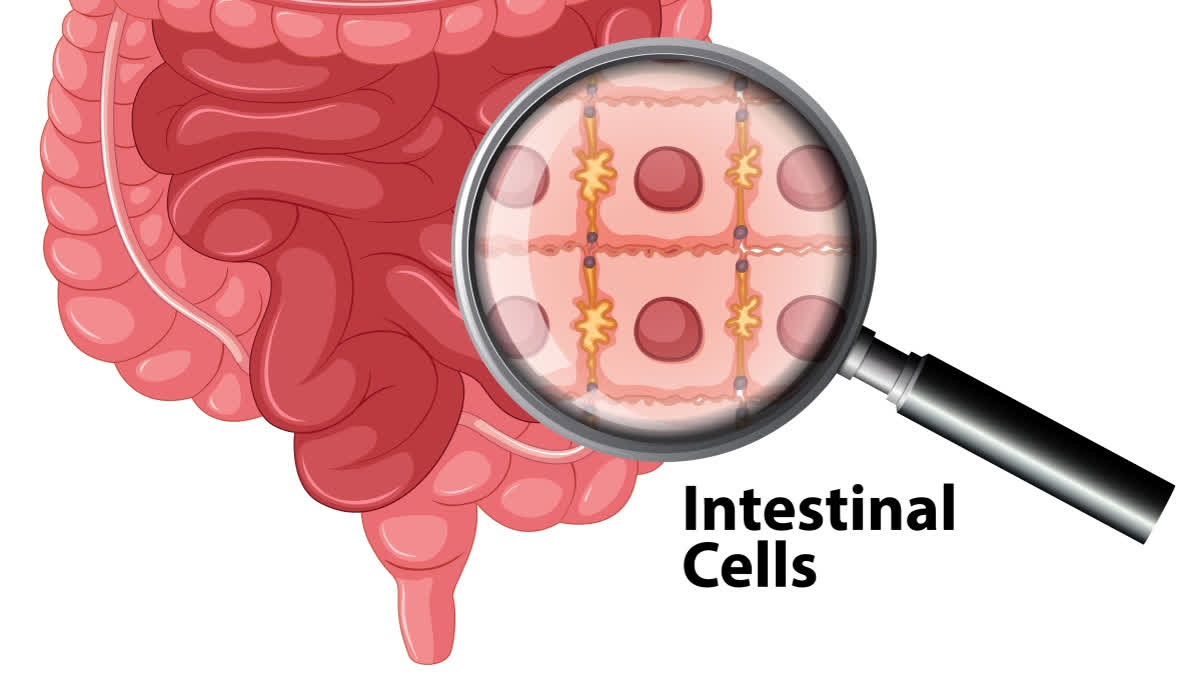The gut is more than a place where food gets digested... it’s also a battleground for your immune system. The cells lining the small intestine face the dual challenge of absorbing nutrients while guarding against harmful invaders.
“This is a surface where pathogens can sneak in,” says Dr. Miguel Reina-Campos, Assistant Professor at the La Jolla Institute for Immunology (LJI). “That’s a massive challenge for the immune system.”
New research from scientists at LJI, UC San Diego, and the Allen Institute for Immunology reveals how a specialized group of immune cells, called tissue-resident memory CD8 T cells (TRM cells), move and adapt to fend off gut infections. Their findings, published in Nature, show that these cells undergo a strategic relocation in the small intestine, positioning themselves to stop infections before they reach deeper, more vulnerable areas.

Gut Immune Cells Adapt to Fight Infections
The small intestine’s unique structure, lined with tiny finger-like projections called villi and crypts between them, plays a critical role in how immune cells organize. Using cutting-edge spatial transcriptomics technology, which allows scientists to track immune cells and their activity in real-time, the researchers discovered two distinct populations of TRM cells:
Progenitor-like TRM cells: These cells stay hidden in the crypts, acting as a backup population ready to replenish the immune system.
Differentiated TRM cells: Positioned at the top of the villi, these cells are more exposed and serve as the first line of defense against pathogens.
“Differentiated immune cells at the top of the villi have the best chance of stopping infections,” says Dr. Reina-Campos. Meanwhile, the reserve cells in the crypts ensure the immune system can respond to repeated threats.
Also read: What Your Toilet Schedule Says About Your Health, Insights From New Research
New Era of Immune Research
To observe these immune cells in their natural environment, the research team used spatial transcriptomics, a cutting-edge tool that maps the activity of millions of messenger RNA molecules at subcellular resolution.
“For the first time, we were able to capture the formation of immunological memory in space and time,” Reina-Campos said. This innovation allows researchers to better understand how immune cells adapt to protect specific tissues, like the small intestine, which could have implications far beyond gut health.
Implications for Future Therapies
The findings add to a growing body of evidence that immune cells are highly specialized for their environments. Dr. Reina-Campos believes this knowledge could pave the way for new cancer immunotherapies that target tumours in specific organs by leveraging the unique adaptability of tissue-resident immune cells.
“This research underscores how our immune system is finely tuned to protect us in ways we’re just beginning to understand,” Reina-Campos concluded.
Read more:



